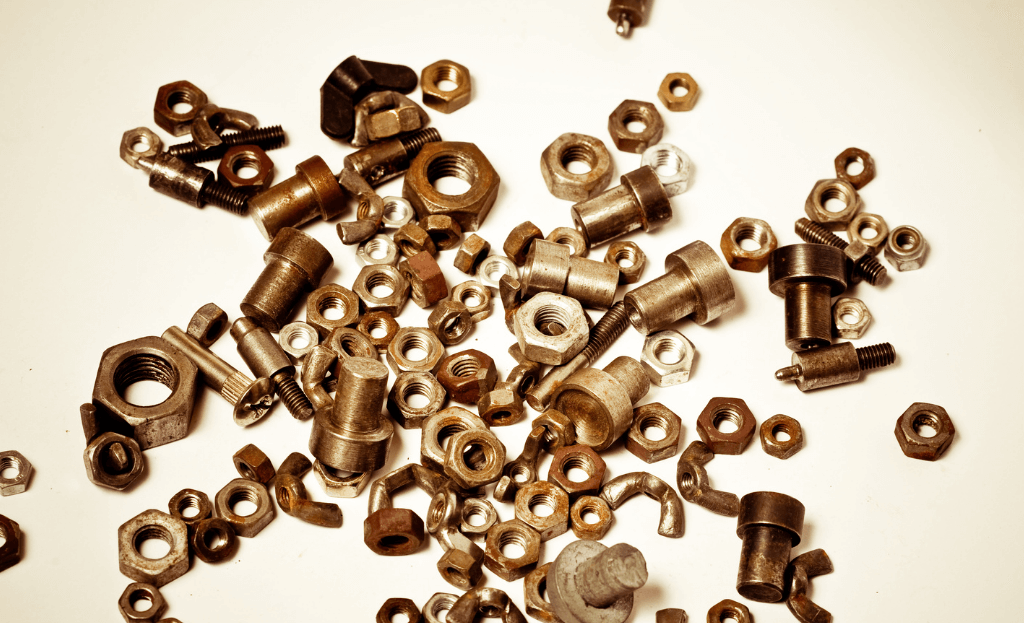If you want to know more about Rivets and Fasteners, this guide is for you.
A Guide on Rivets and Fasteners
When we talk about modern manufacturing, we have to take into consideration the concept of making things light. You can say, that the word light is the latest buzz now, in automobile and aircraft industry. Vehicles which are light have better mileage and also yield a good efficiency of fuel. Lighter vehicles are also good for the environment and can bring down a lot of structural fatigue. Most importantly, you can expect the best performance. Manufacturers and engineers are stressing on lightweight vehicles, taking into consideration a smart business.
Rivets and fasteners are the greatest help when it comes to devising lightweight vehicles.
Getting light is a challenge.
There are challenges which the designers have to face while making the vehicles lighter.
- Lighter vehicles and aircraft require extra efficiency in engineering, in order to make sure that there is a good performance, the safety of the products, structural integrity and durability.
- The process of assembly should also be changed to take into consideration the metals which are lighter. The welding procedures for making the vehicles lighter will also require extra training for the employees.
- The lightweight materials require extra cost than the heavy counterparts. Other requirements like training, production changes and engineering also require additional expenses.
Types of lightweight rivets
Some types of rivets, which are lighter, are as follows:
- Titanium rivets: Often used in alloys with other metals, the titanium rivets are capable of resisting corrosion, as well as, heat. They are as strong as steel, and cost-efficient too.
- Aluminium rivets: These rivets provide high strength, but are just one-third of the weight of steel. They are also resistant to corrosion, besides being available in a wide variety of function, shape and size.
- Carbon fibre rivets: Composed of 70 per cent carbon fibre and 30 per cent plastic, these rivets are lighter than aluminium also, but offer equal strength.
- Plastic rivets: These options do not sound good, but they have their own appeal when it comes to strength and expenses. They are the most popular because they do not conduct electricity. The best application of these rivets is that they are available in a good variety of colours and shapes.
- Nylon rivets: They offer durability and conducting capacity to the fasteners, and are most importantly, lighter than the fasteners.
Types of rivet heads
Depending on the purpose for which the rivet is used, there are various types of rivet heads. Rivet heads serving general purposes are snap head, flat head, pan head, mushroom head, flat countersunk head 120 degrees, 100 degrees, 90 degrees and flat countersunk head 60 degrees. All these fall below the subdivision of 12mm diameter. For general purposes in the range 12mm to 48mm, all the above-mentioned classifications are there except the one with a pan head with tapered neck. There is the third classification of rivet heads, known as the rivet heads for boiler work. For this category, we have the snap head, the ellipsoid head, the pan head, the conical head, the pan head with a tapered neck, the round countersunk head, the counter-sunk head and the steeple head.
Temporary fasteners
When we talk of temporary fasteners, we should keep in mind their function. They are used to hold heavy panels together and fasten them completely. This is why the panel is always in the correct position. The rivet bolts and nuts make sure that the rivet is in place. This is the same way as the fasteners work.
The composite threaded fasteners- A screw is also the name for the threaded fastener, which may or may not have a thread. It is so designed that proper assembling can be done in a pre-formed hole, which is threaded internally.
The adhesive bonded fasteners, as the name suggests, can adhesively bond to any surface like metal, plastic or composite. The types of fasteners include floating nut plates, studs and lanyard mounts.
If you need fasteners that can perform well in extremely high temperatures, high-temperature fasteners are the ones. Fasteners are always not needed for simple projects like construction. The extreme temperature fasteners can work in challenging temperature conditions.
A fair idea about fasteners and rivets
Rivets and fasteners are fairly vast concepts to understand. This article is just an attempt to discuss the technicalities of them. People are experimenting with a good variety of lightweight fasteners and rivets, that not only make the vehicles lighter but also contribute to the strength and versatility of the aircraft, as well as the vehicles.
